Table of Contents
Back to school season is officially here, and no matter where you work, this time of year is busy for SLPs. It’s a lot to manage, and it’s also a great opportunity to bring some joy to the chaos, with five ways to use Play-Doh (or modeling clay, or whatever you have available) in your speech therapy sessions.
Let’s get squishing!
Back to School Vocabulary Smash
This activity is a classic that can be adapted to pair with almost any theme, season, or goal area. First, invite students to create small Play-Doh “pancakes” (as they work, students could practice speech sounds, following directions, sequencing, or verbs).
Once each student has several pancakes, give them words related to fall or back to school, and after a student defines or describes their word, they can smash a pancake with a fist, rolling pin, or stamper.
Build-a-Morpheme
If you work with older students or clients, try providing them with base words (e.g., “teach”) and then encouraging them to create Play-Doh pieces that represent prefixes and suffixes (e.g., “re-,” “-er”). Students could physically connect the parts to build new words, and then define and use them in sentences.
Clay Characters
Have students sculpt simple characters or objects with Play-Doh and then use them to build a narrative. You can guide them through story grammar using prompts like:
- Who is your character?
- What problem does your character face on the first day of school?
- How does your character solve that problem?
Or, you could focus on personal narrative, and have students create Play-Doh representations of themselves, then tell a story about their first day of school.
Guess What I’m Making
This is one of my favorite activities; always full of laughs and language! It’s essentially Pictionary with Play-Doh. One student can sculpt an object (or action), as the others guess what it is. This is a fun way to target describing, inferencing, and perspective-taking, and you could also assign specific objects (e.g., things that start with /r/) to address articulation and more.
Multi-Step Mayhem
Provide each student with several colors of Play-Doh, then give students silly or themed multi-step directions using Play-Doh (e.g., “Make a green apple, then squish it and put a yellow leaf on top!”). Younger students could focus on basic concepts, while older students could give directions to each other or use communication repair strategies to revise unclear instructions.
Bonus: DIY Play-Doh!
Play-Doh can get expensive (and cause skin reactions if you or your students are sensitive to wheat), so why not try making your own? If you have access to a stovetop in your workplace, you could even involve students or clients in the process, and work on sequencing, following directions, problem-solving, requesting, and turn-taking. (This would also be an ideal opportunity to collaborate with teachers or occupational therapy colleagues!)
Ingredients:
- 1 cup white rice flour
- ½ cup cornstarch (or potato starch)
- ½ cup salt
- 1 tablespoon cream of tartar
- 1 tablespoon vegetable oil
- 1 cup water
- Optional: food coloring
- Optional: A drop or two of essential oil
Instructions:
- In a medium saucepan (off heat), mix all the dry ingredients together: rice flour, cornstarch, salt, and cream of tartar.
- Stir in the oil, water, and any food coloring or essential oils you’d like to use.
- Cook over medium heat, stirring constantly. Keep stirring as the dough starts to clump and thicken!
- Once the dough is thick and pulls away from the sides of the pan, remove it from the heat.
- Let it cool slightly, then knead it on a clean surface until smooth.
- Store in an airtight container or zip-top bag. It should last several weeks.
Please reach out and let me know how it goes if you try any of these ideas or if you have some to add to the list! And if you need simple, effective digital materials that can be used with a variety of age groups, consider signing up for a Digital SLP membership! Click here to learn more.
Enjoy!
This post contains affiliate links for which we may receive compensation at no additional cost to you. Click here to read our full affiliate policy.


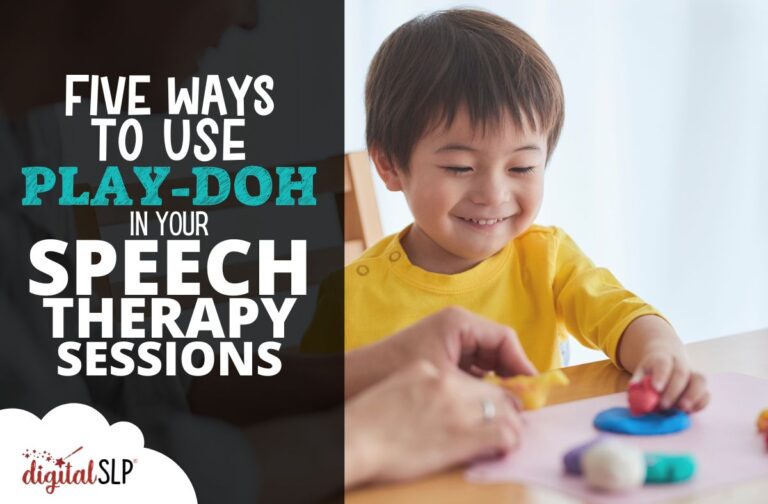
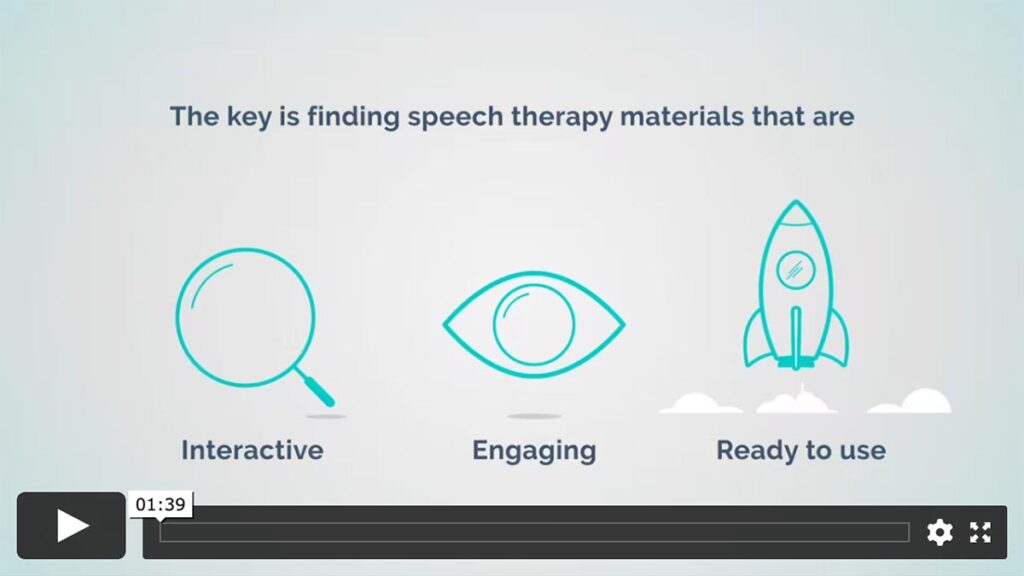
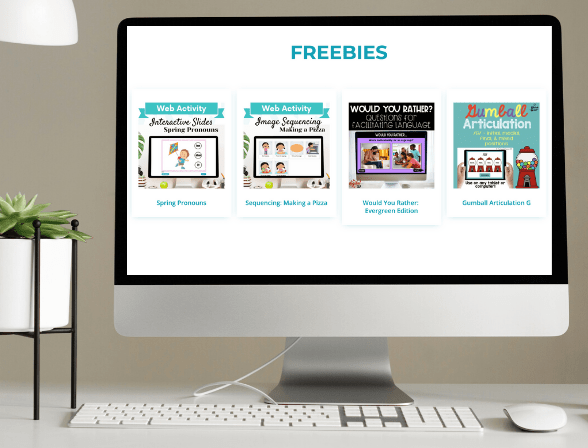

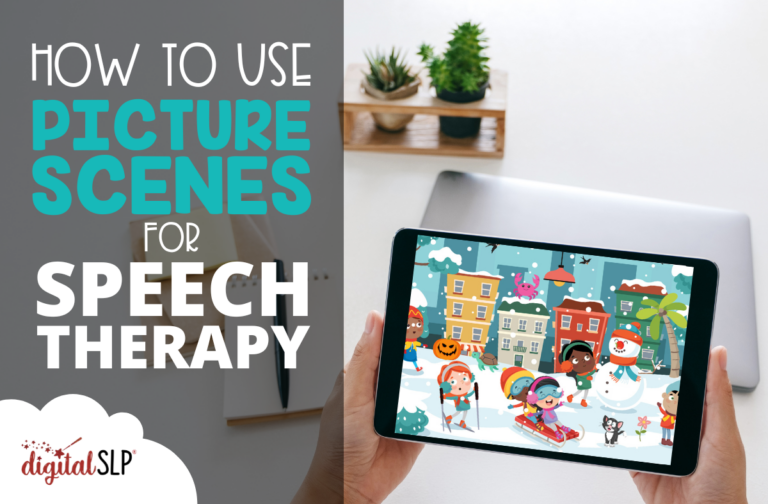
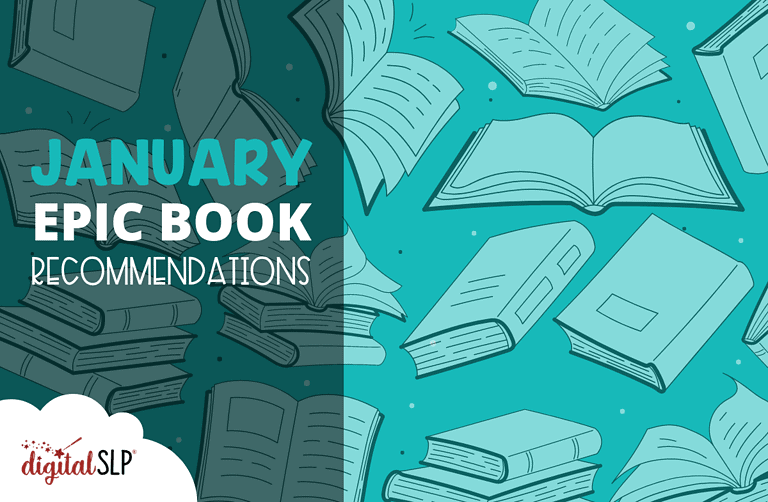
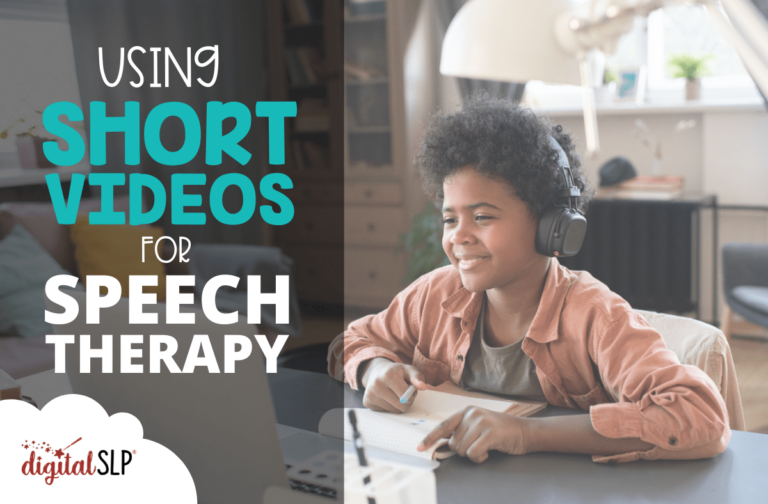




Recent Comments